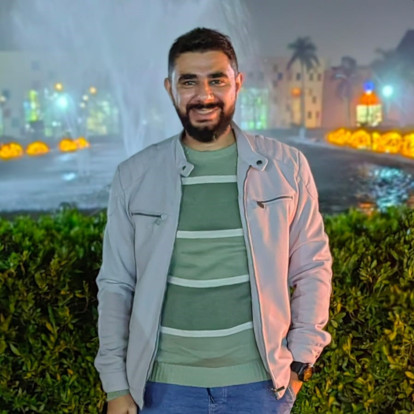Arabic Translation History
Translation has always been the great enabler of communication between nations allowing for the transfer of meaning across daily business, cultural, and religious activities. Arabic translation has its deep roots in the ancient history of mankind. Arabic cultures have always had an intrinsic role in spreading knowledge and science across nations throughout the ages.
Arabic translation dates back to the 2nd century, when Arabs translated Persian history into Arabic, and it went through several stages of transformation since then. From mere interpretation among the Arabic traders and neighboring countries, through the era of prosperity and enlightenment during the Islamic golden age, and lastly in the modern age embracing technology and globalization.
Arabs started to pay attention to translation with the rise of Islam, as Prophet Mohammed encouraged his followers to learn foreign languages and translate the Qur’anic verses and Islamic beliefs and teaching to other nations. Then it reached its peak during the 1st Abbasid Period and the establishment of the city of Baghdad, especially at the time of Caliph Al-Ma‟moun, who built “Bait Al Hikma‟ (House of Wisdom), which was the greatest institute of translation at that time. During that time, the major Islamic capital cities of Baghdad, Cairo, and Córdoba became the main intellectual centers for science, philosophy, medicine, trade, and education, and scholars from different parts of the world sought to learn and transfer knowledge to and from Arabic. They were keen on translating the knowledge of the ancient civilizations into Arabic and Persian. Later on, all of this knowledge which the Arabs developed was translated into western languages like Turkish, Hebrew and Latin. During this time we had some prominent figures like Ibn al-Muqaffa’, who translated great manuscripts from Indian and Persian like “Kalīla wa Dimna” Panchatantra.
The act of translation and translators were highly recognized at that time, to the extent that the Caliph used to reward distinguished translators with the weight of their books in gold. On the other hand, translation at that time was recognized by its accuracy, validity, and authenticity as translators exerted great effort to reference, validate and maintain the quality of the translation. They used to travel to far off countries, spending years in researching and validating and even producing several translated versions for the sake of accuracy.
The role of Arabic translations was not only transferring knowledge, but also it helped to preserve many subjects as part of world. During the 11th to 13th centuries, medieval Europe absorbed knowledge from Arab civilization, which was at its peak during this time. The most important act at this time was the rediscovery of the ancient classic texts, especially the work of Aristotle, through re-translations from Arabic and in addition translations helped preserve and spread the advances in astronomy, algebra, chemistry, and geology made in the Islamic world during the 10th century. One famous tool, the astrolabe, dates back to 150 BC and was developed over centuries in the Middle East. These advancements were shared with Europe thanks to early Arabic translations.
According to https://www.astrolabes.org: “The astrolabe was introduced to the Islamic world the mid-eighth century. The astrolabe was fully developed during the early centuries of Islam. Arab treatises on the astrolabe were published in the ninth century and indicate a long familiarity with the instrument (the oldest existing instruments are Arabic from the tenth century, and there are nearly 40 instruments from the 11th and 12th centuries). The astrolabe was inherently valuable in Islam because of its ability to determine the astronomically defined prayer times and as an aid in finding the direction to Mecca (the qibla).
It must also be noted that astrology was a deeply imbedded element of early Islamic culture and astrology was one of the principle uses of the astrolabe.”
With the downfall of the Islamic Empire, Arabic countries suffered from bad economic and political conditions and consequently the art and availability of Arabic translations suffered from years of decay. However, in the modern age starting from Mohamed Ali’s rein in 1805, translation regained its importance in education, culture and commerce. Specialized translation schools opened their doors to produce new generations of specialized Arabic translators. In 1835 the establishment of Al Alsun (Languages) school in Egypt and some great modern translators like Helmy Morad and Tharwat Okasha emerged to carry on the great tradition and trade of Arabic translation. These translators were responsible for translating international literature like “Anna Karenina”, “Dr zhivago”, some of Bernard Shaw and Gibran Khalil’s work …
Today as we march into a globalized world, the translation of Arabic content in the world benefits from the use of computers, digital materials and the spread of databases of terminologies that offer translators a considerable wealth of linguistic resources. Now-a-days translation has become an important industry in the Arabic world. The field of translation now benefits from many university programs and cultural organizations that promote the translation profession. Translation is being systemized by specialized translation institutions and translators in various fields: literature, science, technology, and medicine, etc…. With the great efforts now being exerted to enhance the quantity and quality of Arabic online and offline content, by either Arabic translation or Arabic creative writing, hopefully we are at a new renaissance in the Arabic culture.
